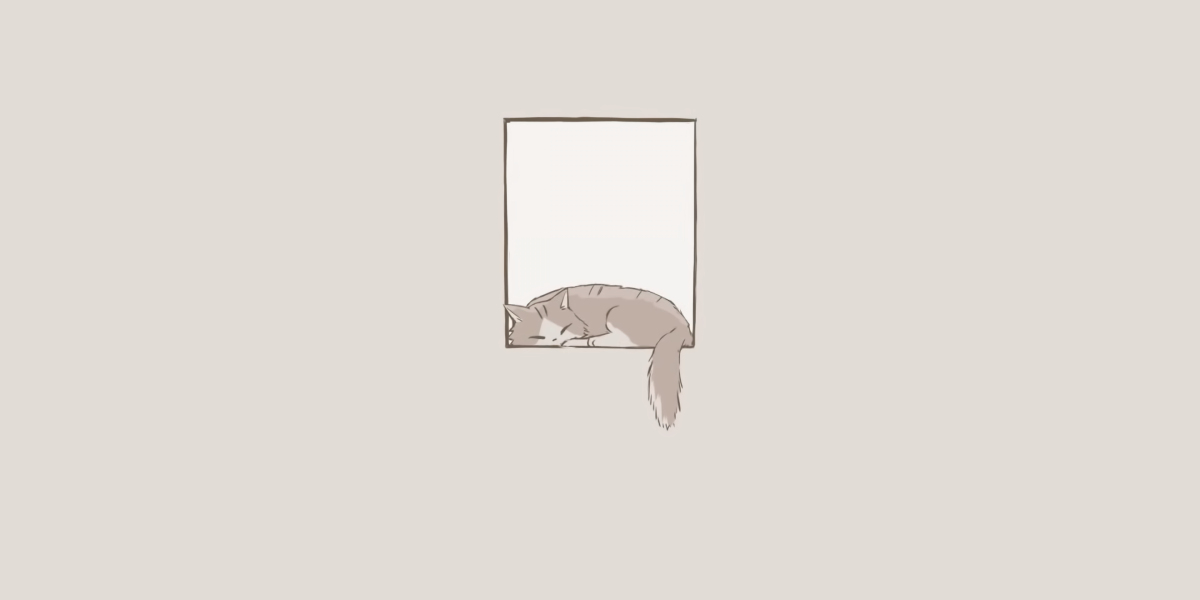3D printing has revolutionized the way we create objects, but it is not without its challenges. One of the most prevalent issues faced by enthusiasts and professionals alike is filament feeding problems. These problems can lead to failed prints, wasted materials, and frustration. In this article, we will delve into the causes of these issues and explore effective solutions.
What Are Filament Feeding Problems?
Filament feeding problems refer to any issues that prevent the 3D printer from properly feeding filament into the extruder. This can manifest in various ways, including under-extrusion, clogs, or even complete filament jams. Understanding the root causes of these problems is essential for maintaining a smooth printing process.
Common Causes of Filament Feeding Problems
- Filament Quality: Low-quality filament can lead to inconsistent diameter and poor flow characteristics.
- Extruder Settings: Incorrect temperature settings can cause the filament to become too brittle or too soft.
- Mechanical Issues: Worn gears or misaligned components can hinder the feeding mechanism.
- Filament Path Obstructions: Dust or debris in the filament path can obstruct the flow.
Identifying Filament Feeding Problems
How can you tell if you are experiencing filament feeding problems? Look for signs such as:
- Inconsistent extrusion lines on your print.
- Frequent clicking sounds from the extruder motor.
- Filament not advancing smoothly through the extruder.
If you notice any of these symptoms, it is crucial to address the issue promptly to avoid further complications.
Solutions to Filament Feeding Problems
Fortunately, many filament feeding problems can be resolved with some simple adjustments:
- Check and replace low-quality filament with a reputable brand.
- Adjust the extruder temperature according to the filament specifications.
- Inspect and clean the extruder gears and ensure proper alignment.
- Regularly clean the filament path to prevent obstructions.
For more detailed guidance on preventing 3D printing failures, consider visiting this comprehensive guide.
Conclusion
Understanding and addressing filament feeding problems is vital for achieving successful 3D prints. By recognizing the common causes and implementing effective solutions, you can enhance your printing experience and minimize frustrations. Remember, a well-maintained printer and quality materials are key to overcoming these challenges.








